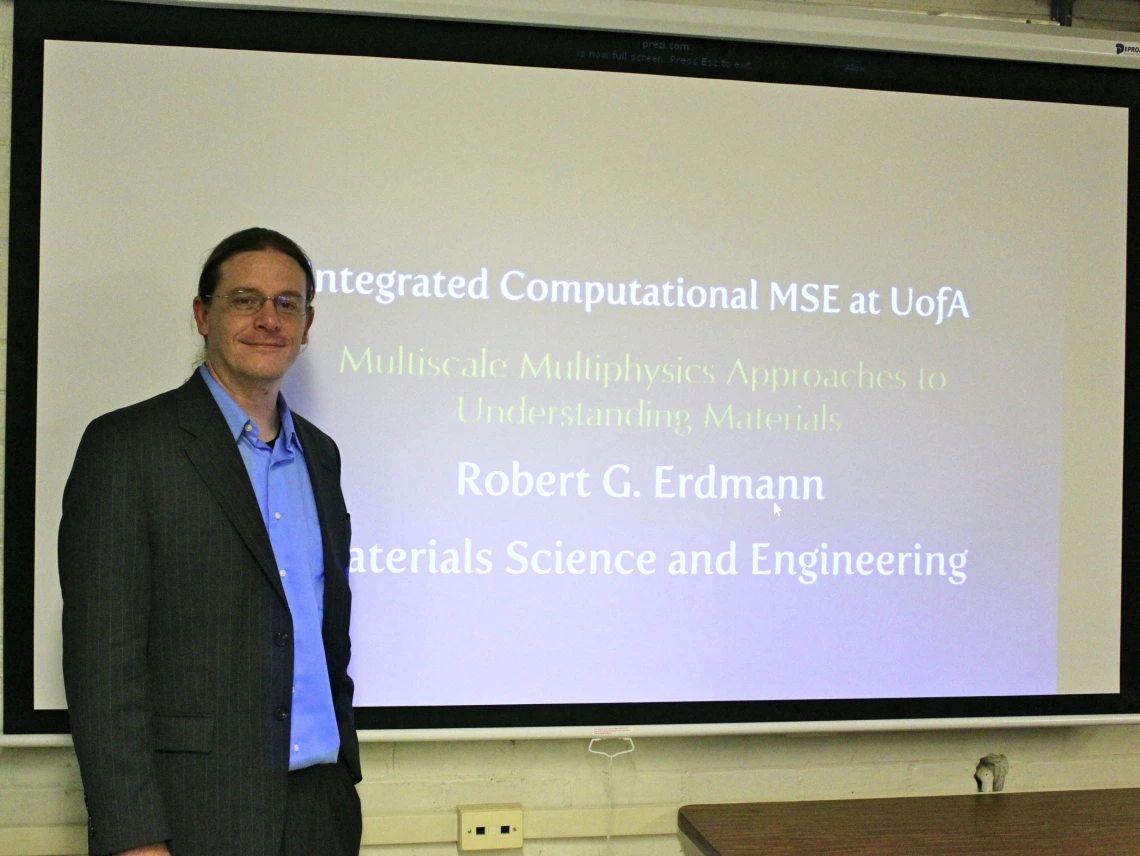MSE Prof. Robert Erdmann currently a Fellow-in-Residence at NIAS in the Netherlands

Dr. Robert Erdmann, an Assistant Professor in the Department of Materials Science and Engineering (MSE), is currently a Fellow-in-Residence at NIAS, the Netherlands Institute for Advanced Study in the humanities and social sciences. Each year, the Institute invites around 50 carefully selected scholars, both from within and outside the Netherlands, to its center in Wassenaar where they are given the opportunity to do research over a ten-month or five-month period. Fellows carry out their research either as individuals or as part of a research theme group. NIAS Fellows are selected from prominent researchers and senior scholars in the humanities and social sciences, who have already made a contribution to their field.
Dr. Erdmann is working on two projects during his fellowship. In the first, he is teaming with Prof. Laurens van der Maaten of TU Delft to apply computer vision and machine-learning techniques to automated analysis of the canvases of paintings. By designing algorithms that enable computers to automatically detect and trace every thread in a canvas, the subtle patterns of thread-to-thread spacing, which are unique to a bolt of canvas, can be extracted to obtain a sort of “canvas fingerprint” for a painting. When a group of paintings can be found with the same fingerprint, it can be inferred that their canvases came from the same roll, providing strong evidence about the attribution and sequencing of paintings such as those of Van Gogh, Vermeer, and Rembrandt.
In the second project, he is working as the director of digital infrastructure for the Bosch Research and Conservation Project (BRCP) designing algorithms to automatically stitch and align extremely high-resolution images of paintings collected with visible light, infrared photography, infrared reflectography, and radiography and to make these available online with a variety of new interactive visualizations. These imaging techniques enable art historians and conservators to see past repairs, additional paint layers, and the artist’s original sketches hidden beneath the surfaces of paintings, making it significantly easier to address questions of attribution, study painting technique and studio practice, and to plan conservation and restoration strategies.
